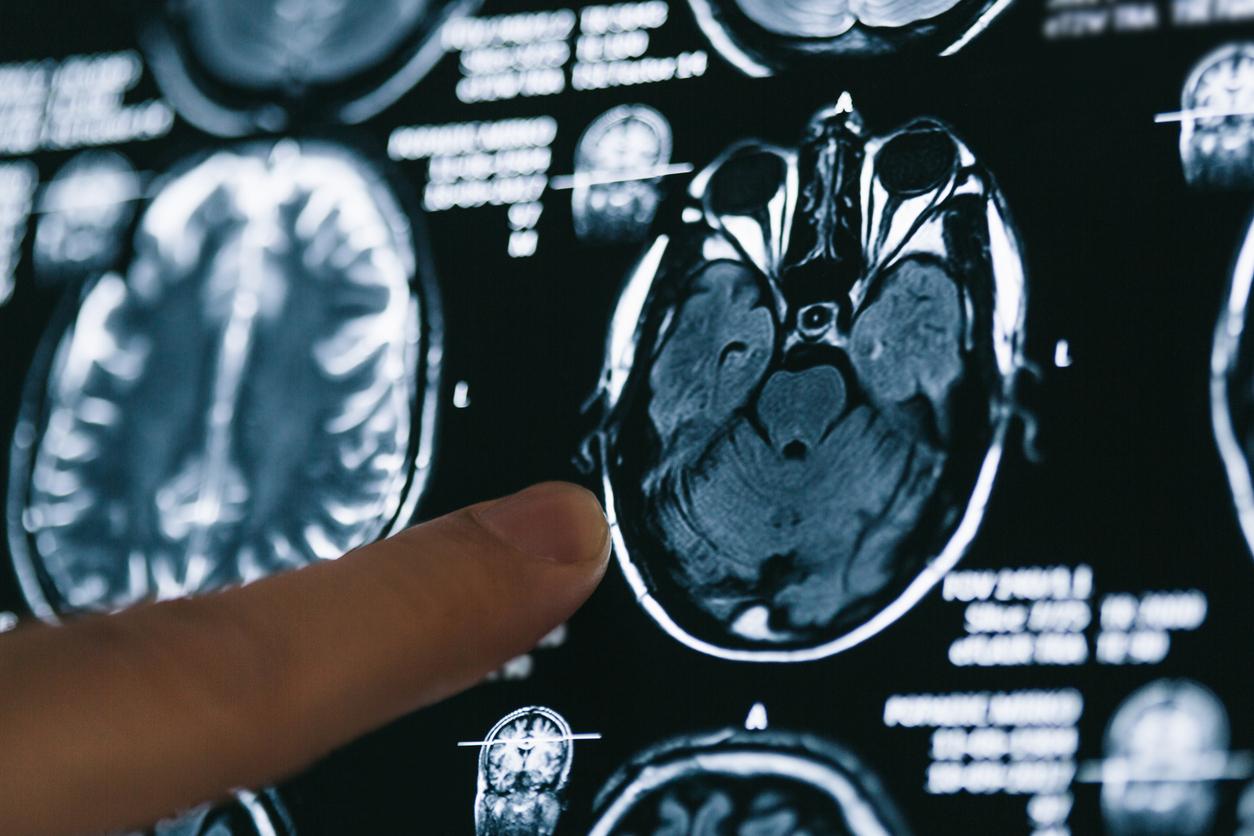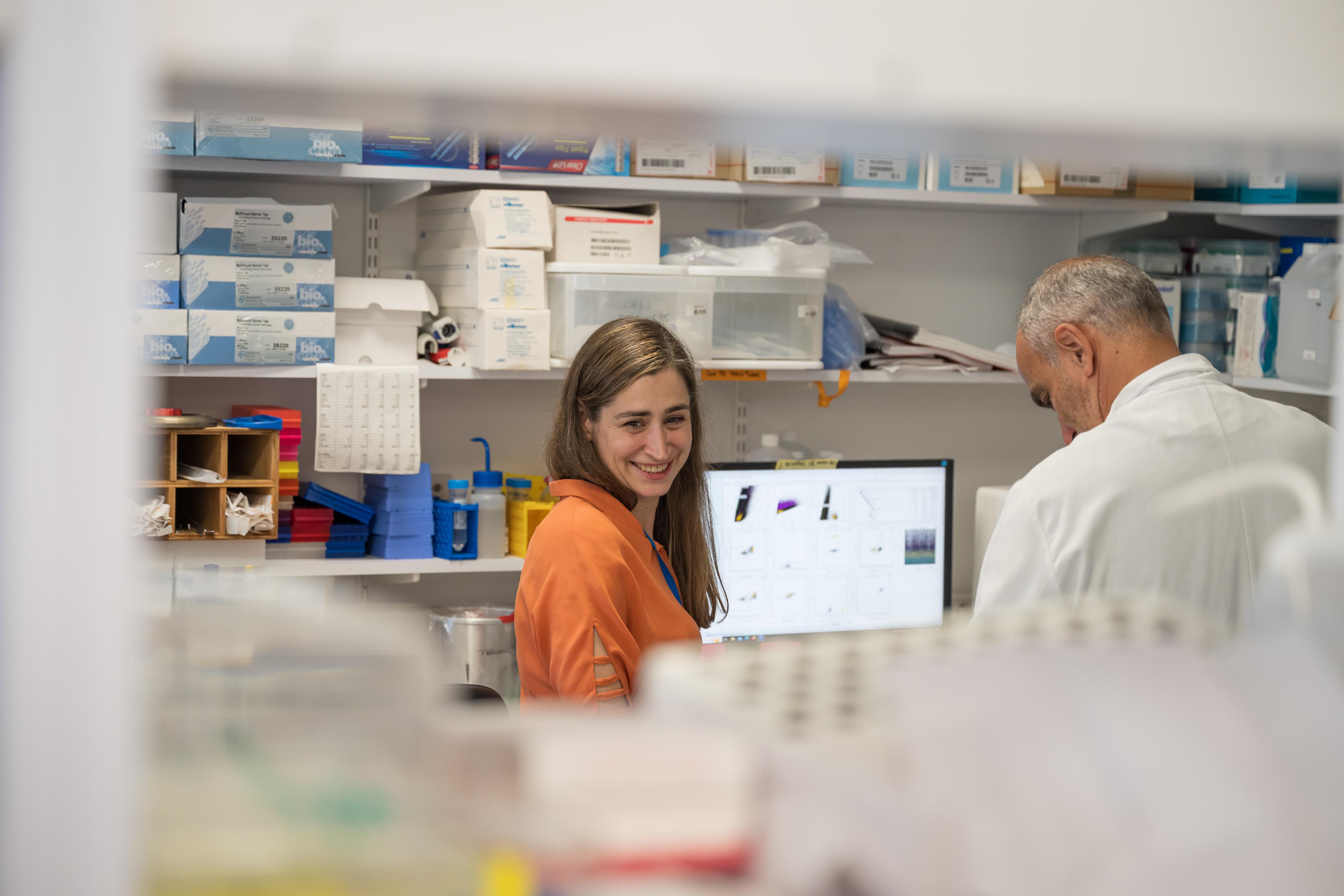The bioethics law, definitively adopted on June 29, is changing research on embryonic stem cells. A very sensitive area on an ethical, philosophical and religious level.

- After twenty-two months of discussions in Parliament, the deputies adopted in final reading, by 326 votes for and 115 against, the bioethics law.
- Its emblematic measure of opening up medically assisted procreation (PMA) to female couples and single women may have obscured other major developments in research, particularly concerning embryonic stem cells.
On June 29, the final vote on the bioethics law marked a turning point in many social issues, such as the opening of PMA to homosexual or single women. Among the various legislative developments, those concerning research on embryonic stem cells deserve our attention.
Regenerate diseased organs
Research on embryonic stem cells is interesting in the field of diseased organ transplantation. Indeed, the cells taken from an embryo at the first stage of its development can renew themselves indefinitely and specialize, that is to say, transform into any type of cell in the body (muscles, blood, skin, etc.) . Thus, they would ultimately make it possible to regenerate diseased organs without going through a transplant (liver, heart, lung, etc.), opening “a perspective of new therapeutic pathways, such as regenerative medicine”, explains the Biomedicine Agency.
Nevertheless, research on these stem cells raises many ethical, philosophical and religious problems, since it is a question, concretely, of destroying an embryo, therefore, for many, of interrupting the beginning of human life.
Two evolutions
Simply put, the bioethics law has changed embryonic stem cell research in two ways. The first is of an administrative nature: the deputies voted in favor of lifting the obligation to request authorization for researchers wishing to use embryonic stem cells. In other words, research on embryonic cells is now subject to a simple declaration, and no longer to a request for authorization from the Biomedicine Agency. “It’s supposed to simplify the search”, explains Professor Philippe Hénon, hematologist and member of the Cellprothera Ethics Committee. “But the declaration of intent must provide a study protocol, which the Biomedicine Agency will accept or refuse. It is therefore a legal finesse, because between requesting authorization and making a declaration subject to validation, the difference between the two processes is very tenuous. I’m not a lawyer, but I’m not sure it makes much difference,” continues the expert.
Much more revolutionary, the second development is of a scientific nature: the maximum period for culturing embryos in vitro for research has been increased from 7 to 14 days. “This temporal evolution has a biogenetic cause, because up to 14 days an embryo can divide and give rise to twins. So at 7 days, we cannot be sure that the embryo we are going to use corresponds to a single person”, explains Philippe Hénon. “Furthermore, after 14 days, the embryo begins to structure itself with organ outlines, so it’s more complicated”, continues the professor.
“7-day-old embryos are already capable of giving about 200 different organic tissues. But, at this stage, you can only recover 70 cells, which is quite limited. At 14 days, there are many more cells to be collected , because they increase in quantity every day. This new time limit therefore gives more possibilities to research”, adds Philippe Hénon.
The new bone marrow trail
Research on embryonic stem cells has been at the forefront of the scientific and media scene for 25 years, raising many therapeutic hopes. Nevertheless, we are still far from the regeneration of diseased organs, in particular because outside the human body, these stem cells tend to transform into cancerous cells, which can thus degenerate into tumours.
“For me, the future is rather in research on embryonic stem cells which are kept in our bone marrow from birth until death. They do not raise ethical problems, everyone has them, and they do not seem to give tumors”, concludes the professor.
Other areas of external research are also developing. A few weeks later an experiment that allowed a human-monkey hybrid embryo to grow from stem cells for up to 20 daysscientists from Exeter in Great Britain announced in early May that they had succeeded in recreating, also from stem cells, the early structure of the human embryo. This work was published in the journal Cell Stem Cell.
.















